The Vesuvius is probably the most active volcano in the entire Europe which is believed to have caused as much damage as any other volcanic eruption. The volcano has long been admired for its silent yet deadly nature to the inhabitants of Europe and to the residents of Southern Italy in particular.
Mount Vesuvius Facts For Kids
The Vesuvius is a distinctive cone-shaped mountain the height of which is measured around 4000 feet on the north-eastern side of the Bay of Naples.
While Mount Vesuvius is commonly seen as a regular cone-shaped mountain, it nevertheless consists of two peaks that are almost equal in elevation. One of these peaks is called Monte Somma while the other that seems properly applicable is known as Vesuvius. Both these peaks stand on the great mountain called Mount Vesuvius.
The Mount Vesuvius measures around 30 miles in circumference and is almost entirely circular in shape.
The mountain seems to have a circular base that indeed supports the two small mountains—one is cone-shaped and is comparatively taller whereas the other one is semicircular ridge little less in elevation.
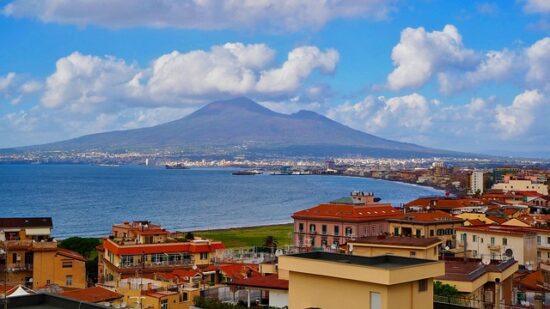 The Vesuvius was formed when two tectonic plates collided with each other. These two plates were Eurasian and African.
The Vesuvius was formed when two tectonic plates collided with each other. These two plates were Eurasian and African.
Although the Mountain has undergone many different eruptions in the last 17,000 years, the worst ever was 79 A.D. eruption that took the entire city of Pompeii and killed everyone on its way. The eruption led to the demise of 16,000 people who indeed turned into Ash, mud, and rocks. This is believed to be the worst ever disaster in the history of the world. The recent scientific studies suggest that the height of the primary eruption of ash measured in between 49,000 – 98,000 ft.
According to the Roman poet, Pliny the Younger, who was the only eyewitness of the disaster, there was a cloud of ash and fumes all around with the height reached 20 miles above the ground. The speed of molten rocks was 1.5 million tons per second. The intensity of the disaster was so much so that it released a thermal energy that was hundred thousand times than that discharged by Hiroshima bombing.
The 79 A.D. eruption underwent two different phases: Plinian Phase and Pelean Phase. In the Plinian phase, all the ashes and fumes were expelled in the upward direction then immediately falling on earth like a rain. In Pelean phase which was possibly the most destructive phase, these ashes move as fast as possible down the sides of the volcanoes. They had run like an avalanche of smoke and dust leaving little time to react.
The 79 A.D. eruption had continued for at least 48 hours.
Beginning in 1631, Vesuvius had seen an array of volcanic activities and the late 1700s, 1800s, and 1900s, saw several volcanic eruptions. These eruptions could at times kill people while sometimes it destroyed the whole town.
The volcanic eruption of 1906 killed 100 people.
The most recent and last eruption took place in the World War II in 1944 when the volcanic ashes and mud took away with it all the Allied forces in Italy. It devastated all fighter planes.
Since 1944, the Mount Vesuvius had been quiet and silent. However, the region had experienced quite a number of minor earthquakes since 1944.
The mountain is deemed to have formed some 25,000 years before.
Learn more: Mount Vesuvius Facts

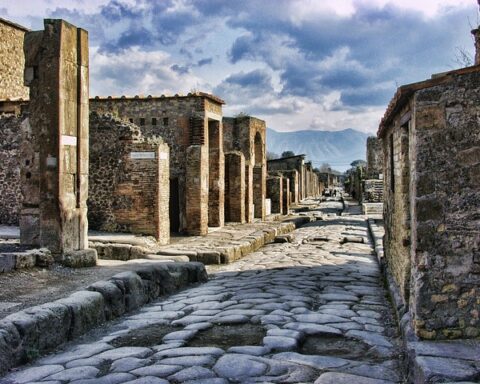
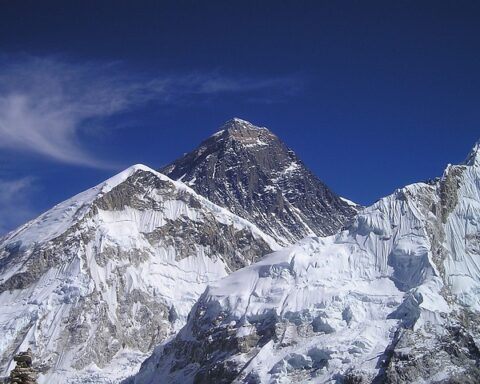

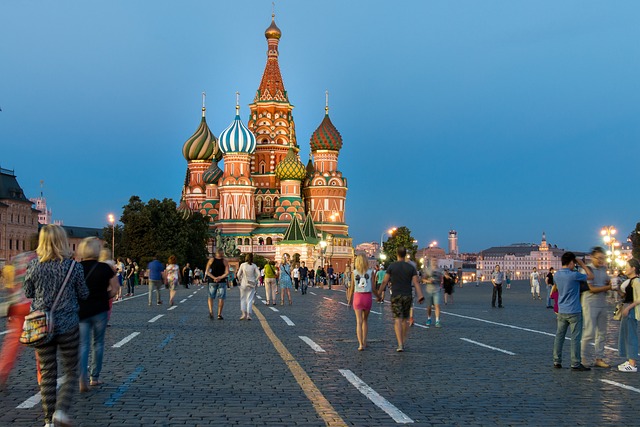



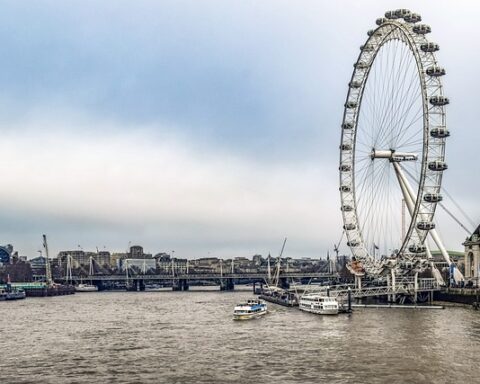

So helpful!
Writing a paper on Mount Vesuvius… this site alone basically covered everything I needed! Thank You SOOOOOOOOOOOOOO Much!
ya
this was okay. need to make the actual bullet point my self.
not very informative
would not use in the future